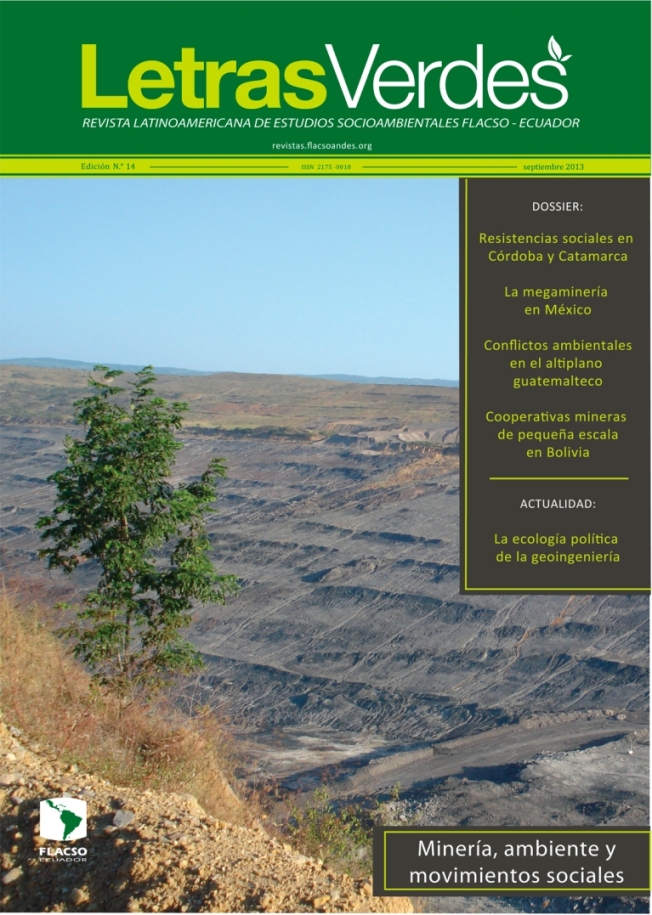Energetic Efficiency of red palm oil
Main Article Content
Abstract
The main goal of this paper is to determine the energy efficiency in the production of red palm oil (Elaeis guineensis) by using the biophysical indicator EROI, postulated by the Ecological Economics. This indicator is applied to compare the energy used in the preparation of synthetic fertilizers (to fill its nutritional demands) versus the energy contained in the oil. In 2009, there were 195.550 hectares of land planted with African palm in Ecuador (INEC, 2011). In addition, between 2002 and 2009, there were 2,7 million tons of red oil (FEDEPAL, 2010). It is determined that for each unit of energy consumed, 4.82 units of energy are contained in the red oil. The energy used in making pesticides for cultivation, consumed in transportation, refining, and post harvest is excluded because this other energy would drastically reduce the absolute data of the indicator, which is already inefficient for the high energy consumption it requires to generate the energy contained in the oil. On the other hand, agroecology has proven to be more efficient in the generation of energy per unit of invested energy (Altieri et. al., 2010; Moore, 2004).
Downloads
Article Details
Letras Verdes, Revista Latinoamericana de Estudios Socioambientales, operates under Creative Commons Attribution-No Derivative Work 3.0 unported (CC BY-ND 3.0).
The authors who publish in Letras Verdes accept these terms:
You are free to share / copy and redistribute the material in any medium or format for any purpose, including commercial. Therefore, authors retain the copyright and cede to the journal the right of the first publication (CC by-ND 3.0), which allows third parties the redistribution, commercial or noncommercial, of what is published as long as the article circulates without changes.
The following conditions exist for the authors:
Recognition - you must recognize the authorship, provide a link to the license and indicate whether changes have been made. You can do this in any way reasonable, but not in a way that suggest that has the support of the licensor or receives it by the use he makes.
Without Derivative Work – If you remixed, transform or create a work from the original material, you cannot broadcast the modified material.
For more details, visit the page of Creative Commons (CC).






